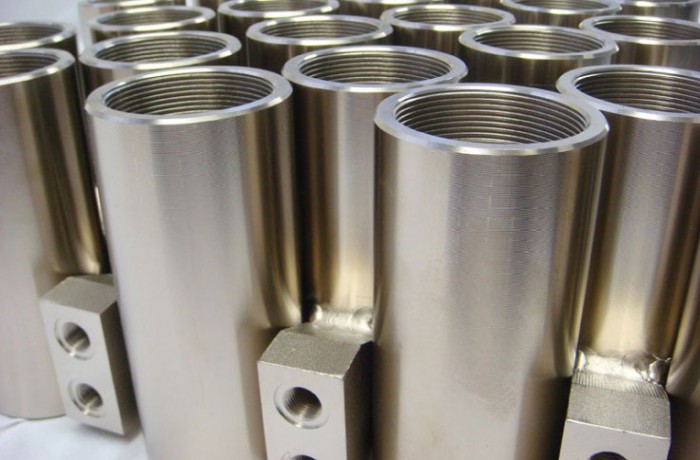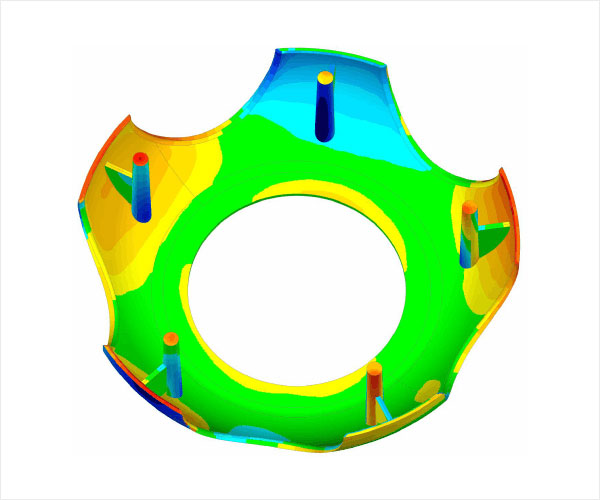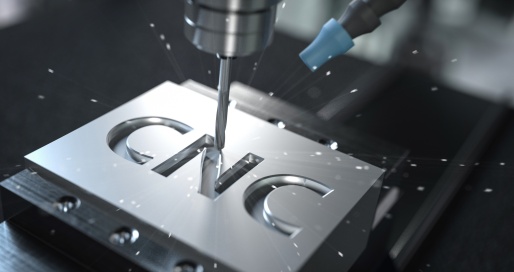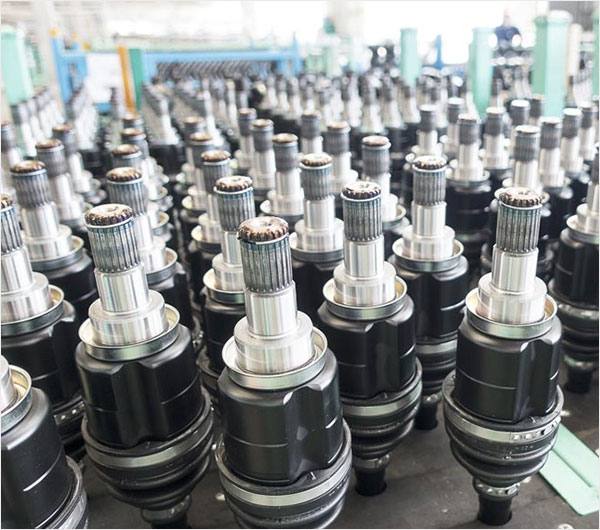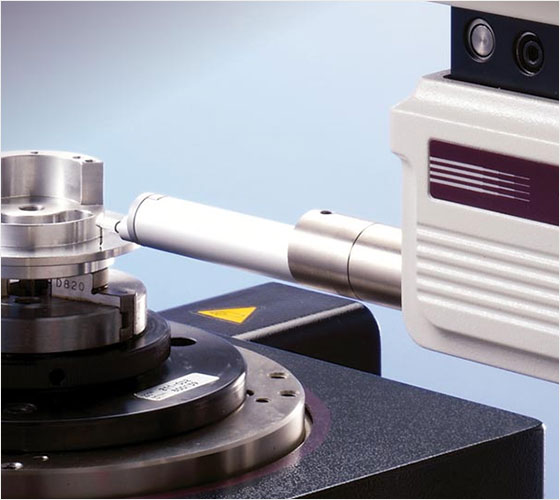Removing electroless nickel plating requires a systematic approach, ensuring safety and effectiveness. The process involves several steps, each critical to achieving the desired result without damaging the underlying material. Here’s a detailed, friendly guide to help you through this process.
Understanding Electroless Nickel Plating
Electroless nickel plating adds a thin, uniform layer of nickel alloy onto objects. This layer provides corrosion resistance and a smooth finish. Knowing this helps us choose the best removal strategy that won’t damage the object beneath.
Preparing for Removal
First, prioritize safety. Wear protective gloves, safety goggles, and a lab coat. To prevent fume inhalation, work in an area with good ventilation. Gather all the necessary materials: a chemical stripper suitable for nickel, a container large enough for the plated object, and a neutralizing agent for the used chemicals.
Choosing the Right Chemical Stripper
Not all chemical strippers work for every type of nickel plating. It’s essential to pick one that matches your specific plating type. If unsure, consult a professional or check the technical data sheet of the plating. Some strippers are acidic, while others are alkaline, and each works differently.
Application of the Stripper
Once you have the right stripper, apply it to the plated object. If the object is small, you might dip it entirely into the stripper. For larger items, apply the stripper with a brush, covering all plated areas evenly. Follow the instructions on the stripper’s label for the best results.
Monitoring the Stripping Process
Keep an eye on the object as the stripper works. The time it takes can vary from minutes to hours, depending on the plating thickness and the stripper’s strength. Regular checks help ensure you don’t overexpose the item, which could damage it.
Removing the Plating
When the plating starts to peel or bubble, it’s time to remove it. Using a soft brush or cloth, gently scrape the surface. Take care not to damage the substance beneath.
Neutralizing the Chemicals
After removing the plating, neutralize the remaining chemicals on the object. Use a neutralizer that’s compatible with your stripper. This step is crucial for safety and to prevent any chemical reactions that might damage the object.
Rinsing and Drying
Rinse the object thoroughly with water to wash off any remaining chemicals. Then, dry it completely using a clean, soft cloth or by air drying. Ensure no water spots or streaks are left, as these can cause corrosion or tarnishing.
Disposing of Chemicals
Proper disposal of the used chemicals is vital. Don’t pour them down the drain. Instead, follow local regulations for hazardous waste disposal to ensure environmental safety.
Inspecting the Material
After everything is clean and dry, inspect the object. Check for any damage or leftover plating. If you spot any remaining plating, you might need to repeat the process, adjusting your technique based on your observations.
Preventive Measures
To avoid frequent removals, consider using more temporary coatings or ensure proper maintenance of the plating. Regular care can extend the life of the plating.
Removing electroless nickel plating involves careful chemical handling, patience, and attention to detail. By following these steps, you can effectively remove the plating without harming the underlying material. Always prioritize safety and environmental responsibility throughout the process. If you’re ever in doubt, it’s best to consult with a professional for guidance.
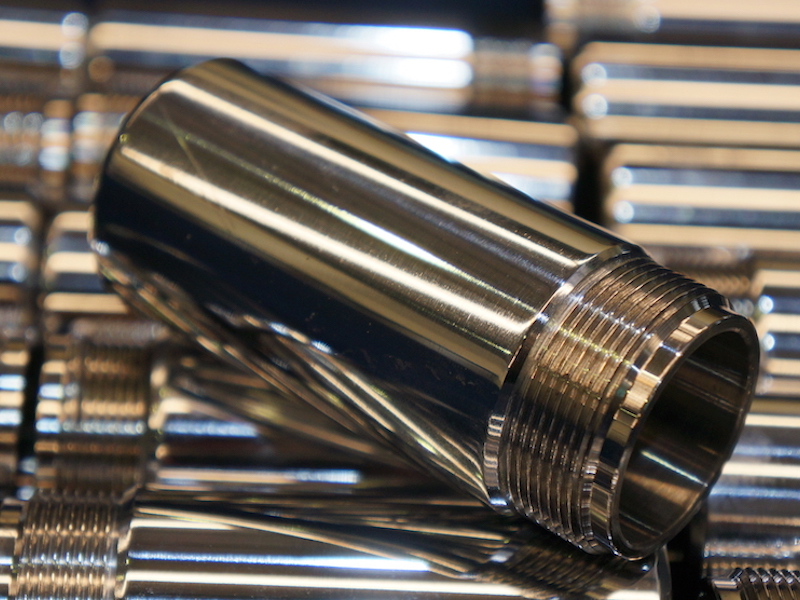
FAQs
What safety precautions should I take when removing electroless nickel plating?
Safety is paramount. Always wear protective gear like gloves, goggles, and a lab coat. These protect your skin and eyes from harmful chemicals. To avoid breathing in harmful vapors, work in an area with good ventilation. Also, keep a first-aid kit nearby in case of accidental exposure. Remember, the right preparation ensures your safety while handling potentially hazardous materials.
How do I choose the right chemical stripper for removing electroless nickel plating?
Choosing the right chemical stripper is crucial for effective removal. The type of stripper depends on the specific characteristics of the nickel plating. Check the plating’s technical data sheet or consult a professional for advice. An incorrect stripper may not only be ineffective but could also damage the underlying material. Some strippers are designed for specific types of nickel alloys, so matching the stripper to your plating is key.
Can I remove electroless nickel plating without using chemicals?
Yes, there are non-chemical methods like grinding or sandblasting, but they require technical skill and specialized equipment. These methods physically remove the plating but risk damaging the base material if not done carefully. For delicate items, chemical stripping is often safer and more controlled. However, if you have experience with mechanical removal methods and the right tools, they can be effective alternatives.
How long does it take to remove the plating using chemical strippers?
The duration varies based on the stripper’s strength and the thickness of the nickel plating. Typically, it can take from a few minutes to several hours. Regular monitoring is essential to prevent overexposure, which could harm the underlying material. Check the progress at intervals, and once you notice the plating loosening or bubbling, it’s time to gently remove it.
What should I do with the leftover chemicals after removing the plating?
Proper disposal of leftover chemicals is essential for environmental safety. Don’t throw them down the sink. Instead, check local regulations regarding hazardous waste disposal. Many areas have specific facilities for disposing of such materials. Proper disposal ensures you’re not contributing to environmental pollution and adhering to legal requirements. Always handle and dispose of chemicals responsibly to protect both yourself and the environment.



